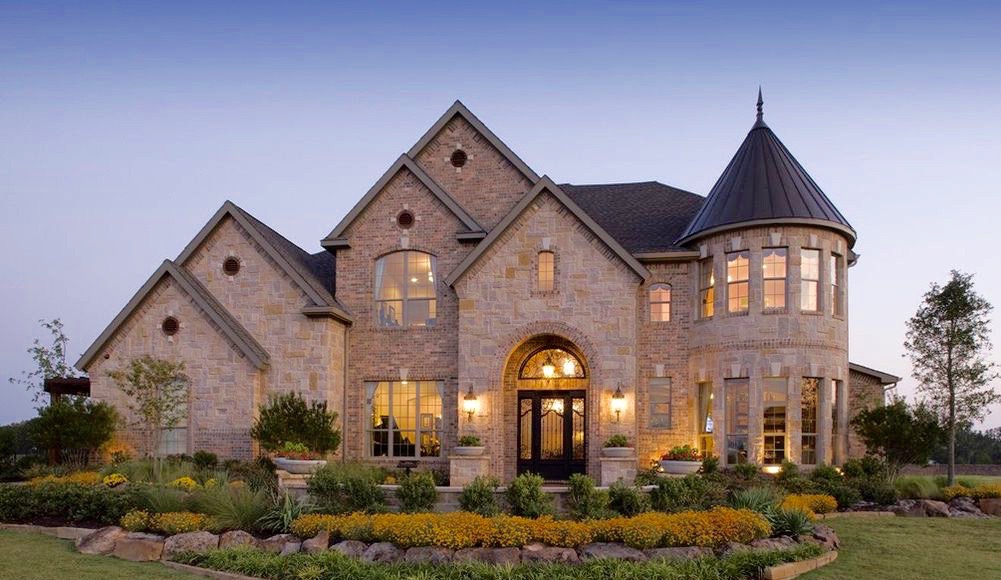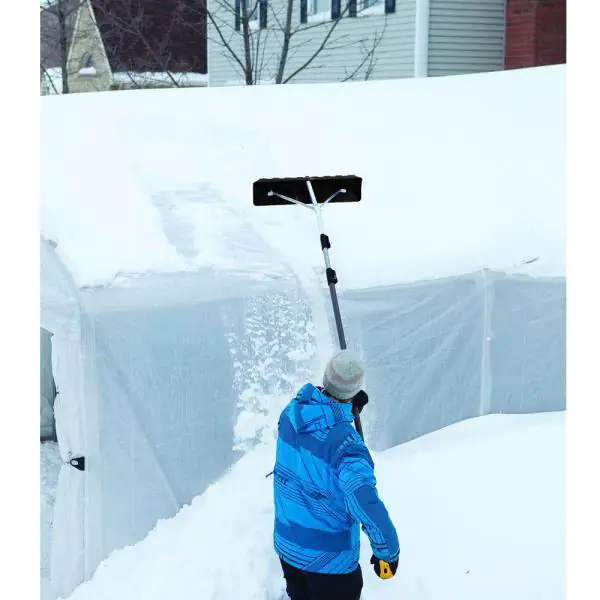When it comes to roofing rakes, there’s a lot more to it than just slapping some shingles on your roof. Roofing rakes play a crucial role in protecting your home from harsh weather conditions, and if you’re not paying attention, you could be setting yourself up for disaster. So, whether you’re a homeowner looking to upgrade your roof or a contractor searching for the best practices, this guide’s got you covered. Let’s dive in!
Now, you might be wondering, what exactly are roofing rakes? Simply put, they’re the sloped edges of your roof that extend beyond the walls of your house. These bad boys are like the first line of defense against rain, snow, and wind. If you don’t take care of them, you could end up with leaks, rot, and all sorts of costly repairs. Trust me, nobody wants that.
But here’s the deal—roofing rakes aren’t just about aesthetics. While they do add a nice touch to your home’s curb appeal, their primary job is to keep your roof structurally sound and your family safe. So, if you’ve been ignoring your rakes or thinking about cutting corners on maintenance, it’s time to rethink your strategy. In this article, we’ll break down everything you need to know about roofing rakes, from materials to maintenance and beyond.
Read also:Trey Gowdy Nose Surgery The Full Story You Need To Know
Table of Contents
- What Are Roofing Rakes?
- Why Are Roofing Rakes Important?
- Common Materials Used for Roofing Rakes
- How to Choose the Right Material for Your Roofing Rakes
- Installation Tips for Roofing Rakes
- Maintenance Guide for Long-Lasting Roofing Rakes
- Common Issues with Roofing Rakes and How to Fix Them
- Cost Breakdown for Roofing Rakes
- DIY vs. Professional Installation
- Conclusion: Take Care of Your Roofing Rakes
What Are Roofing Rakes?
Alright, let’s get down to business. Roofing rakes are the edges of your roof that slope down and extend past the exterior walls of your house. They’re like the arms of your roof, reaching out to protect your home from the elements. These rakes are typically finished with trim or fascia boards, and they can be covered with various materials depending on your preference and budget.
Think about it—without proper roofing rakes, water could easily seep into your roof and cause all sorts of damage. That’s why it’s essential to choose the right materials and maintain them regularly. Whether you’re building a new home or renovating an existing one, understanding roofing rakes is key to ensuring your roof lasts for years to come.
And hey, don’t forget—roofing rakes also contribute to the overall look of your home. If you want that Pinterest-worthy curb appeal, paying attention to your rakes is a must. So, let’s move on to why they’re so important.
Why Are Roofing Rakes Important?
Let’s be real—roofing rakes aren’t just there for show. They serve a vital purpose in protecting your home from the elements. Here are a few reasons why you should care about your roofing rakes:
- Water Protection: Roofing rakes help prevent water from seeping into your roof and causing damage. Without proper rakes, you could end up with leaks, mold, and rot.
- Structural Support: The rakes provide additional support to your roof, ensuring it stays strong and stable over time.
- Aesthetic Appeal: Let’s not forget about the curb appeal factor. Well-maintained roofing rakes can enhance the look of your home and increase its value.
So, if you’re thinking about skipping out on roofing rakes, think again. They might seem like a small detail, but they play a huge role in keeping your home safe and looking great.
Common Materials Used for Roofing Rakes
When it comes to roofing rakes, you’ve got plenty of options when it comes to materials. Here’s a quick rundown of some of the most popular choices:
Read also:Kim Kardashian Assistant Salary The Untold Story Behind The Glitz And Glam
Wood
Wood is a classic choice for roofing rakes, and it’s easy to see why. It’s affordable, versatile, and adds a natural touch to your home. However, wood does require regular maintenance to prevent rot and insect damage.
Aluminum
Aluminum is another popular option for roofing rakes. It’s lightweight, durable, and resistant to rust. Plus, it’s easy to install and maintain, making it a great choice for homeowners who want a low-maintenance option.
Vinyl
Vinyl is becoming increasingly popular for roofing rakes due to its affordability and durability. It’s resistant to moisture, insects, and extreme weather conditions, making it a great choice for homeowners in harsh climates.
Of course, there are other materials to consider, like metal and composite, but these three are some of the most common choices. Let’s talk about how to choose the right material for your roofing rakes.
How to Choose the Right Material for Your Roofing Rakes
Picking the right material for your roofing rakes can feel overwhelming, but it doesn’t have to be. Here are a few things to consider:
- Budget: How much are you willing to spend? Materials like vinyl and aluminum tend to be more affordable, while metal and composite can be pricier.
- Climate: Where do you live? If you’re in a region with extreme weather conditions, you’ll want to choose a material that can withstand those conditions.
- Maintenance: How much maintenance are you willing to do? Materials like wood require more upkeep, while vinyl and aluminum are relatively low-maintenance.
Ultimately, the right material for your roofing rakes will depend on your specific needs and preferences. Take your time to research and consult with a professional if you’re unsure.
Installation Tips for Roofing Rakes
Installing roofing rakes might seem like a daunting task, but with the right tools and knowledge, it’s totally doable. Here are a few tips to help you get started:
- Measure Twice, Cut Once: Accuracy is key when it comes to installing roofing rakes. Make sure you measure everything carefully before cutting any materials.
- Use Quality Materials: Don’t skimp on materials just to save a few bucks. Investing in quality materials will save you money in the long run.
- Follow Manufacturer Instructions: If you’re using a specific product, make sure you follow the manufacturer’s instructions to the letter. This will ensure a proper installation and prevent any issues down the road.
Of course, if you’re not confident in your DIY skills, it’s always a good idea to hire a professional. They’ll have the expertise and tools needed to get the job done right.
Maintenance Guide for Long-Lasting Roofing Rakes
Once your roofing rakes are installed, it’s important to maintain them to ensure they last for years to come. Here’s a quick maintenance guide to help you out:
Regular Inspections
Make it a habit to inspect your roofing rakes regularly, especially after severe weather. Look for any signs of damage, such as cracks, warping, or rot, and address them promptly.
Cleaning
Keep your roofing rakes clean by removing any debris, leaves, or dirt that may accumulate. This will prevent moisture buildup and reduce the risk of damage.
Repairs
If you notice any damage, don’t hesitate to make repairs. Whether it’s replacing a few boards or fixing a crack, addressing issues early can save you a lot of money in the long run.
By following these maintenance tips, you’ll ensure your roofing rakes stay in top condition and continue to protect your home.
Common Issues with Roofing Rakes and How to Fix Them
Even with the best maintenance, roofing rakes can still develop issues over time. Here are a few common problems and how to fix them:
- Leaks: If you notice water leaking from your roofing rakes, it could be due to damaged shingles or flashing. Replace any damaged materials and ensure proper sealing.
- Rot: Wood roofing rakes are particularly prone to rot if not properly maintained. Treat the affected areas with a wood preservative and replace any severely damaged boards.
- Warped Boards: Warped boards can be caused by moisture exposure. Replace any warped boards and ensure proper ventilation to prevent future issues.
If you’re unsure how to fix a particular issue, don’t hesitate to call in a professional. They’ll have the expertise needed to get the job done right.
Cost Breakdown for Roofing Rakes
Let’s talk about the elephant in the room—cost. The price of roofing rakes can vary depending on several factors, including the material, size, and labor costs. Here’s a rough breakdown:
- Wood: $3-$7 per linear foot
- Aluminum: $5-$10 per linear foot
- Vinyl: $4-$8 per linear foot
Of course, these are just estimates, and the actual cost may vary depending on your location and specific needs. Don’t forget to factor in labor costs if you’re hiring a professional.
DIY vs. Professional Installation
Should you tackle roofing rake installation yourself, or is it better to leave it to the professionals? Here’s a quick breakdown:
DIY
DIY installation can save you money, but it does require some skill and knowledge. If you’re comfortable working with tools and have experience with roofing projects, go for it. Just make sure you have the right tools and materials before getting started.
Professional
Hiring a professional ensures a quality installation and gives you peace of mind. They’ll have the expertise and tools needed to get the job done right, and they can often complete the project faster than you could on your own.
Ultimately, the decision comes down to your skill level and budget. If you’re unsure, it’s always better to err on the side of caution and hire a professional.
Conclusion: Take Care of Your Roofing Rakes
There you have it—your ultimate guide to roofing rakes. From understanding what they are to choosing the right materials and maintaining them, we’ve covered everything you need to know. Remember, roofing rakes play a crucial role in protecting your home, so don’t neglect them.
So, what’s the next step? If you’re a homeowner, take a look at your roofing rakes and see if they need any maintenance or upgrades. If you’re a contractor, make sure you’re using the best practices to ensure your clients’ roofs are in top condition.
And hey, don’t forget to share this article with your friends and family. The more people know about roofing rakes, the better. Who knows—you might just save someone from a costly repair down the road. Stay safe, and take care of those rakes!


